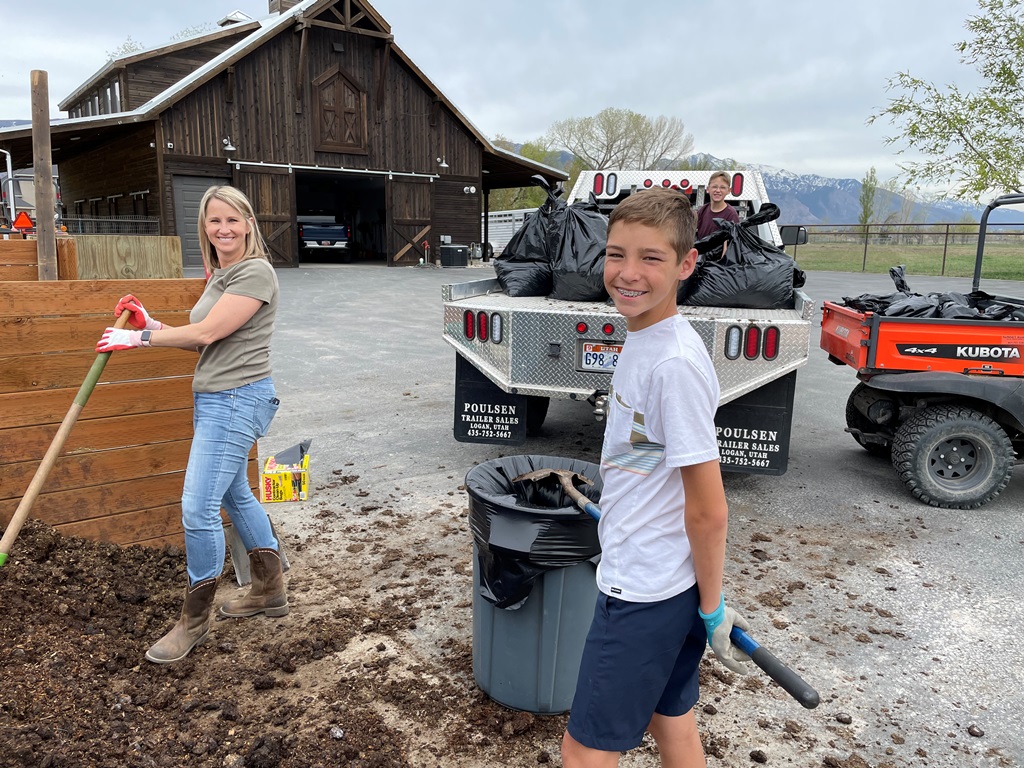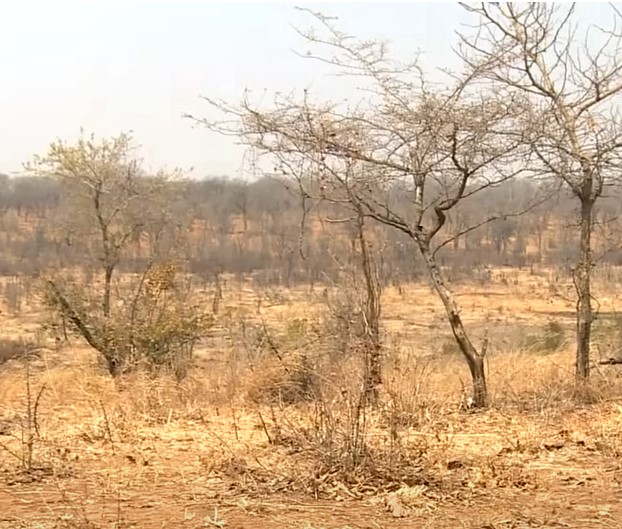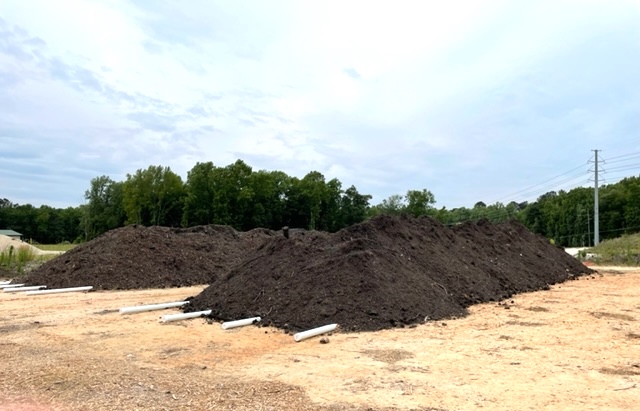| Aerated Compost Systems |
July 2023 Newsletter
Two Brothers' PoopBy Peter Moon Josh G. and his wife Katie live on their new horse farm new Salt Lake City, Utah along with their two sons, Andrew and Isaack, ages 14 and 12, respectively. In April 2020, Josh purchased an O2Compost Benchmark Training Program to manage the manure generated by their five horses, and he sized their four bins to accommodate pairs of 4' x 5' dumpster lids (see photo in Blog post). Three of the bins are aerated and used for Active Composting and the fourth is non-aerated and used for curing and long-term storage. Read the full article on our Blog. Regenerative AgricultureHolistic Management This in-depth documentary explores Allan Savory and how he has used Holistic Management to completely transform his land in Zimbabwe. He addresses "desertification" of the land and shares the solution he has developed and put into action. Cattle movement is key - not because they are harmful to the land, but because they are necessary for its health and development. Full disclosure: this video is quite long (47 minutes) and it focuses solely on the challenges in Zimbabwe and the detailed steps they are taking to combat it (organized herd movement, spreadsheets, community involvement). However, if you take the time to watch just the first 15 minutes, you will get a good sense of the message that could result in an "Aha!" moment and positively affect your land management practices. O2Compost Q&A"How will I know when my large piles are finished composting? They seem to be taking an awfully long time." ANSWER: First, stall bedding (typically composed of wood product) takes a long time to break down in nature, even under the optimal conditions in an aerated composting process. Finer texture bedding material breaks down somewhat faster given its higher surface area. Second, horse manure "balls" are comparatively dense and they retain their shape despite having been composted. You can break open the remnant manure balls to see that they are dark throughout and often have a white speckled appearance. This is "Actinomycetes" (Act-Tin-Oh-My-See-Tease), a type of fungi that decomposes the more resilient forms of carbon in the compost. The good news is that the nitrogren in the compost is found in the remnant manure balls (the coarse fraction), not in the fines which is comprised mostly of food. Third, large piles tend to stay hot longer than smaller ones because compost is self-insulating. The heat in the core of the pile is retained due to the low surface area to volume ratio of the pile. Fourth, the moisture content of the compost is also a critical factor. With aerated compost we want to start with a moisture content of 60% to 65%, with the goal of keeping the moisture content above 50% during the Active Phase (the first 30-45 days). If the pile dries out, the biologic process slows dramatically or comes to a complete halt. When you remove the compost from the bin, rewet it as you go and this will facilitate the curing process. The best way to tell if your compost is "done" is to smell it. The odor should be similar to topsoil, with a friendly organic overtone. You can also do growth trials and lab tests to confirm its suitability as a soil amendment. I discuss this in our March 2022 Newsletter.
New ASP System
Owner: Purebred Compost |
|
O2Compost Price-Moon Enterprises, Inc. PO Box 1026 Snohomish, WA 98291 

info@o2compost.com o2compost.com 360.568.8085 |




